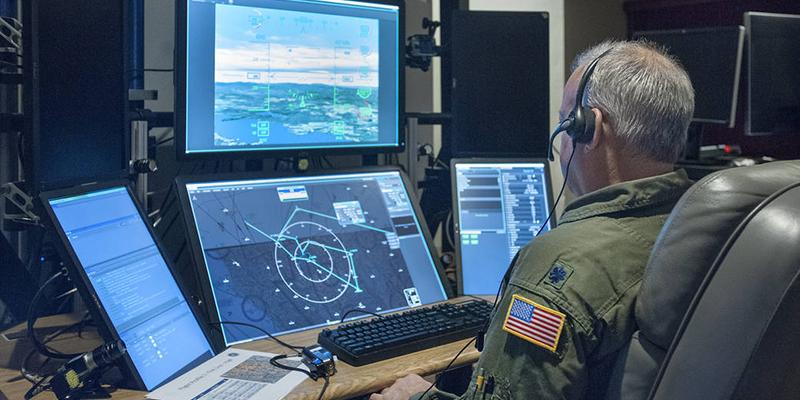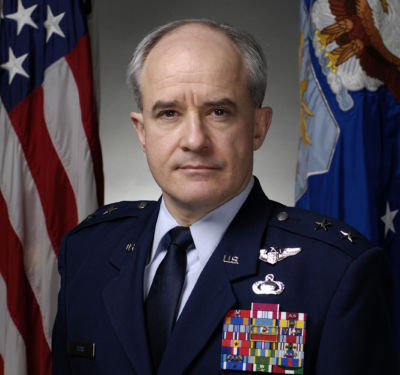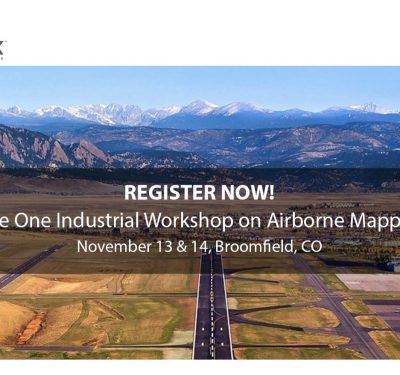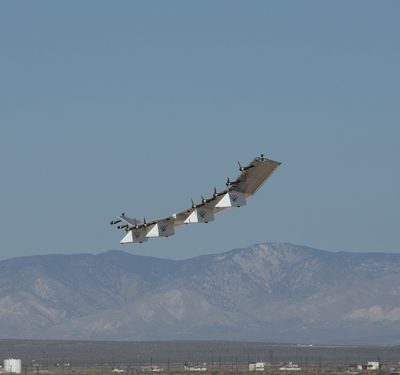A test pilot operates a virtual large unmanned aircraft system, or UAS, with simulated air traffic at a NASA research ground control station. The pilot uses the main traffic display for situational awareness. When detect-and-avoid systems notify the pilot that other traffic is too close, he uses a command and control interface to maneuver the aircraft into a safer trajectory. The pilot is connected with a communication head-set where he interacts with air traffic control similar to present-day operations. NASA’s Ames Research Center in Moffett Field, California, recently hosted the RTCA, formerly the Radio Technical Commission for Aeronautics, Special Committee 228, which is working to develop the minimum operational performance standards for large unmanned aircraft systems. The RTCA is a public-private partnership that provides the Federal Aviation Administration comprehensive, industry-vetted recommendations about critical aviation modernization issues. The meeting focused on reviewing the latest simulation and testing activities from the various contributing organizations to develop detect-and-avoid requirements and command and control link guidelines. NASA’s Armstrong Flight Research Center in Edwards, California, is leading a project designed to seamlessly integrate larger classes of unmanned aircraft into commercial airspace. Ames is supporting the project through a series of nation-wide […]







